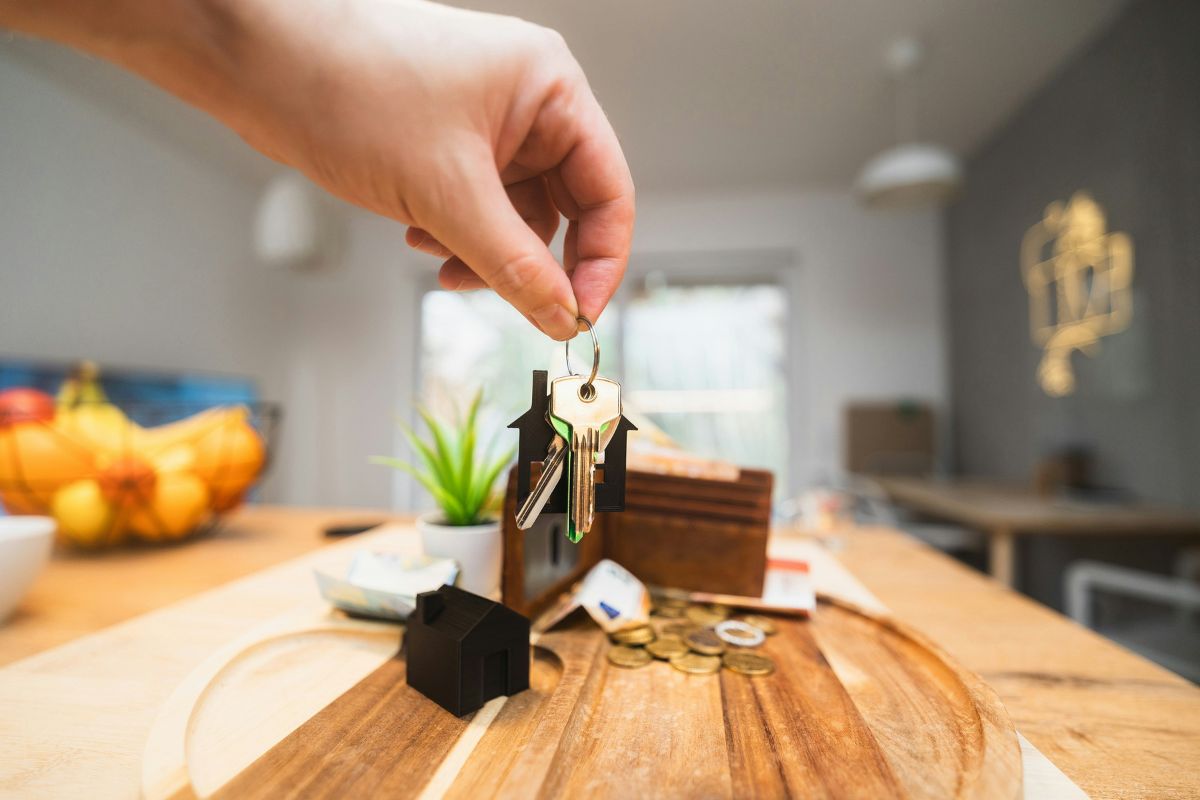Understanding Depreciation for your Investment Property
It sounds like a boring, complicated finance word, but investors find ‘depreciation’ far more interesting when they realise how much money it can save them.
Depreciation on an investment property is simply a tax deduction you can claim that is related to the property’s wear and tear.
Depending on the year your property was built, you will be able to claim thousands in deductions on the building’s capital works. And depending on the year it was purchased, you may be able to claim a substantial amount back on its fittings (ie plant and equipment) too.
Then there are the deductions you can claim should you decide to renovate your property or install new fittings.
So how much can I claim?
Investors can claim approximately $4000 per year over 10 years on properties built between 1987 and 2000. If built between 2000 and 2020, it’s closer to $6500 per year. If your property is brand new, you could claim up to $16,000 in the first year and $100k over 10 years.
Those are some pretty tasty numbers, especially if your property, or even your whole portfolio is teetering on the edge of being positively geared. A good understanding of depreciation could save you from having to kick extra money into your investments each year to make bank.
A capital idea
There are two types of depreciation deduction you can claim:
– Capital works: If your property was built after 16 September, 1987, you can claim depreciation on the building’s construction costs. Generally you can claim 2.5% of the construction costs per year for up to 40 years from the date it was built.
– Plant and equipment: This depreciation covers fixtures, fittings and other parts of the building not associated with construction. Here, you can claim wear and tear on things like ovens, air conditioning, carpets, showers and cupboards.
Not so fast
In 2017 the federal government changed the rules. Basically, second-hand properties bought or settled after 10 May 2017, were no longer eligible for depreciation on previously used plant and equipment assets. So no more claims on used ovens and dishwashers, but the capital works rules remained the same. This was brought in to dissuade investors from over-claiming on used items and also to encourage the purchasing, and therefore construction, of new properties.
So if you buy a brand new property as an investment, you can still claim plant and equipment, plus building allowances.
Renovation rules?
Depreciation can be claimed on renovations of the property, provided the equipment used is brand new. If you purchase used equipment or materials, you won’t be able to claim.
Likewise if you buy a renovated investment property from someone who has lived there since it was renovated, it becomes classified as ‘previously used’ and ineligible for depreciation. Renovation costs that you can claim are not fully deductible in the same year you pay for them, but must be claimed in portions over several years.
Value proposition
If you are looking to renovate to add value to your portfolio, it can be beneficial to know which items can help max your depreciation claims. Two types of renovations can cost the same, but the depreciation difference is huge.
Carpets, for example, can be depreciated at 25 per cent in the first year. This means a $4000 job delivers a $1000 tax deduction in the first year. Then there are tiles. These have a rate of depreciation of 2.5 per cent a year, so $4000 of tiles delivers a deduction of just $100 in year one.
Meanwhile, a $6000 split system air-conditioner, very handy for all the B.Invested clients with properties in Queensland, can be depreciated at 20 per cent annually, which equals $1200 in the first year. Compare that to $6000 of ducted heating, probably a bit foreign to those Queensland landlords, which is just 10 per cent or $600 and you can see the renovation worth prioritising.
So now you know…
All you need to do now is contact a quantity survey to get the ball rolling. A qualified quantity surveyor will check out the property and get you a depreciation schedule. That only needs to be done once and passed onto your accountant who can take it from there.



